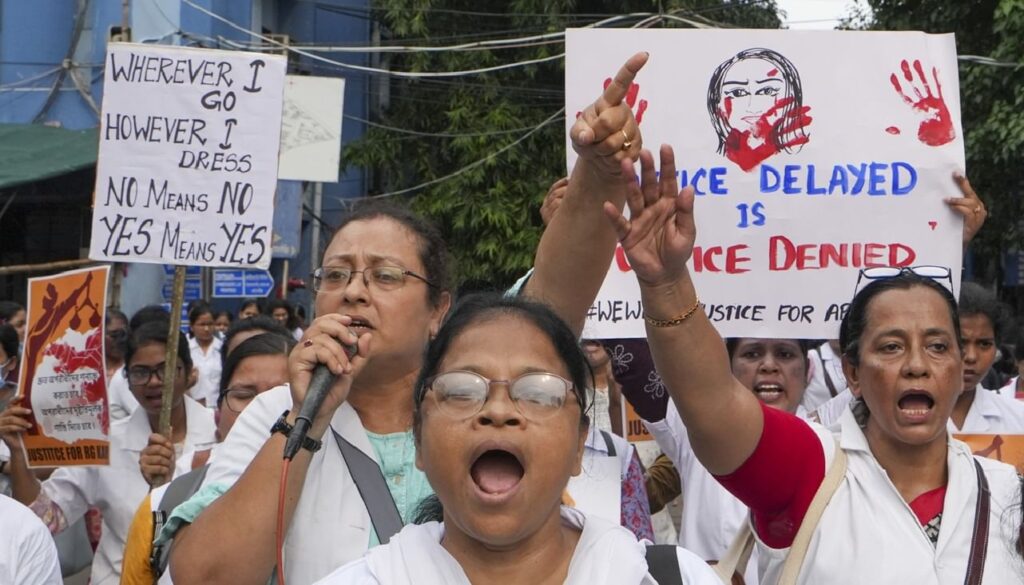In Kolkata, a significant protest is set to take place on Tuesday, August 27, as a statement against the tragic rape and murder of a doctor. This rally, termed the “Nabanna Abhiyan,” is primarily organized by non-political individuals advocating for justice. The protestors will march towards Nabanna, the West Bengal state secretariat, drawing attention to the urgent issues of gender-based violence and state accountability.
Details of the Protest
Various groups, including government employees, students, and healthcare workers like nurses, will participate in the rally. Different starting points in Kolkata and Howrah have been designated for the demonstrators: a rally will commence from Satragachhi to Nabanna, while another will depart from College Square, with another group starting from Hastings and crossing the Hooghly River to reach their destination.
Police Response and Security Measures
In anticipation of this protest, Kolkata and Howrah police initially denied permission for the demonstrations. Concerns have been raised regarding potential unrest, with police officials fearing that the protests could escalate similarly to events from July 21, 1993, when police gunfire resulted in the deaths of 13 individuals. To maintain order, over 3,000 police personnel have been deployed across the city, and a strict ban on heavy vehicles is in effect from 9 AM to 10 PM on the day of the march.
Political Implications
The protest has garnered support from various political parties, including the BJP, SUCI, Congress, and Left parties, all planning to participate without any specific party banners, marking it as a collective movement for justice. BJP MP Samik Bhattacharya emphasized that this is a people’s rally, aiming to bring attention to the horrific incident involving the doctor and to challenge the declining governance under the Mamata Banerjee administration.
Potential Risks During the Rally
The West Bengal police have declared the rally illegal, citing that the organizers failed to secure the necessary permits. Moreover, the government has enacted Section 163 of the BNS Act, restricting any activities at Nabanna, categorized as a prohibited area. The police chief expressed concern based on intelligence reports indicating that there might be attempts to incite violence during the rally, underscoring the challenges involved in maintaining public order.
Conclusion
The Nabanna Abhiyan presents a crucial moment for civic engagement regarding issues of safety and justice in West Bengal. As citizens come together to demand accountability, it is essential for dialogue to continue between the government, police, and the public to foster a safe environment for protests and ensure that their voices are heard effectively.
Report by Ravi Shankar Datta.
